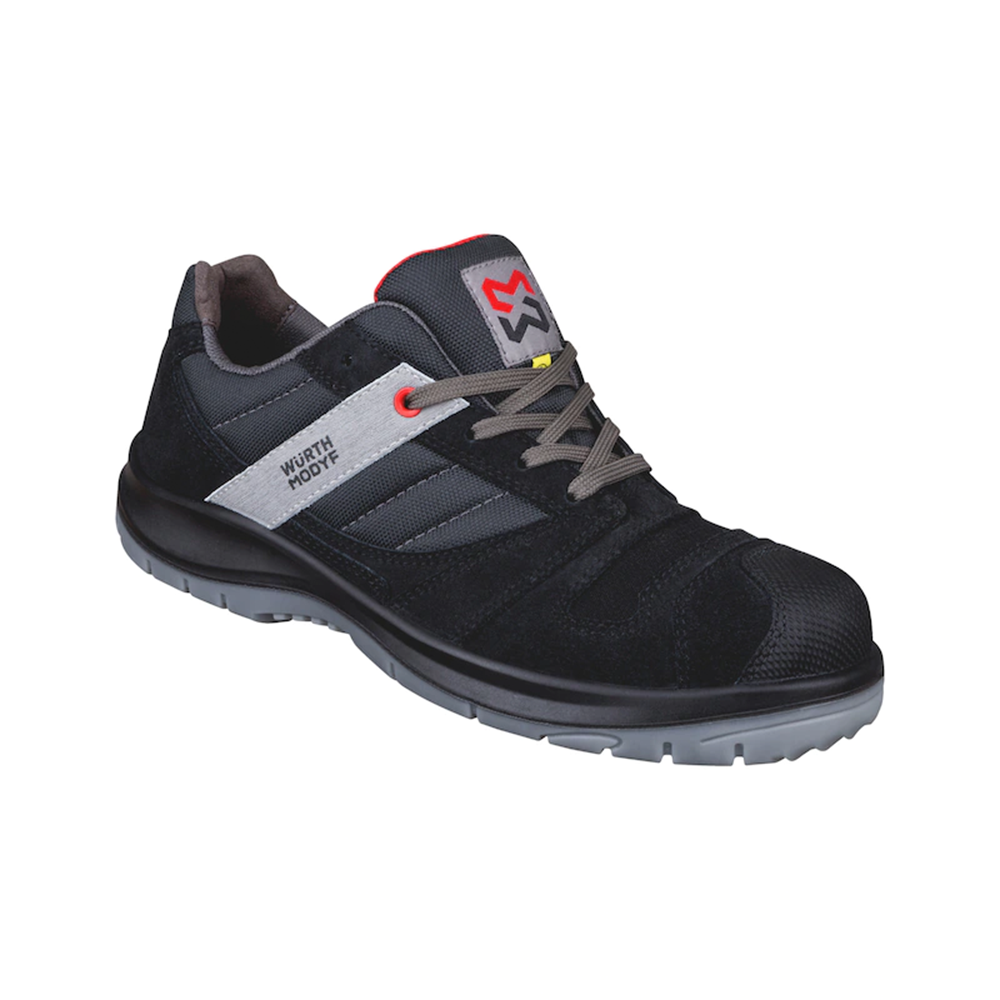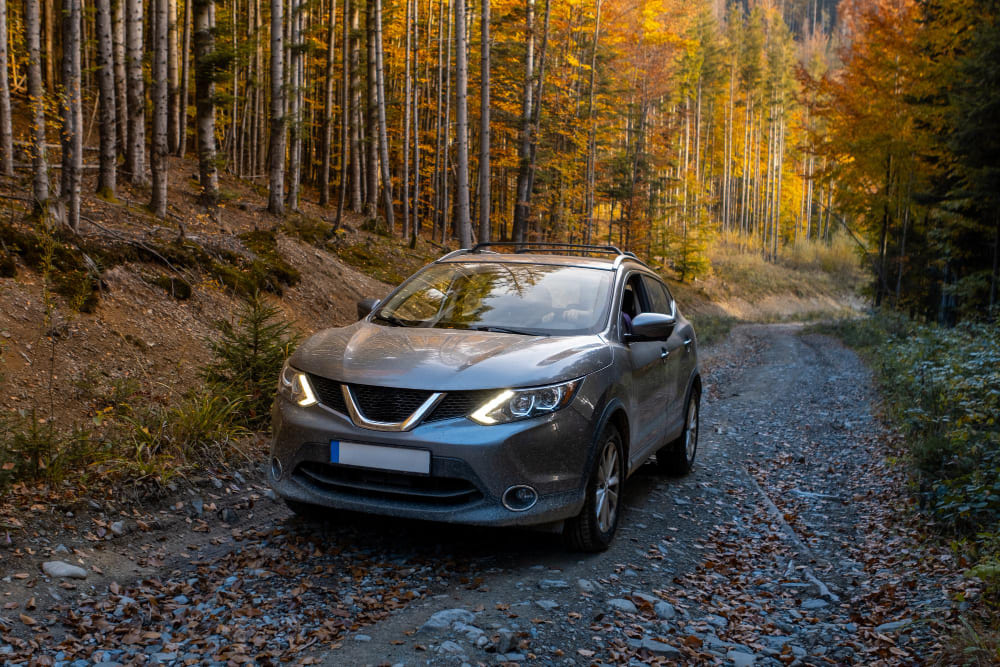
Best Windshield Wipers for Peugeot 206
Το Peugeot 206 παραμένει ένα από τα πιο αγαπημένα μικρά αυτοκίνητα στην Κύπρο. Από τα

In many professional activities, moisture and weather conditions present daily challenges. From construction sites and warehouses to agricultural work and outdoor environments, a worker’s feet are constantly exposed. Waterproof work shoes aren’t just a comfort choice—they are essential for protection, safety, and long-term endurance. This article explains what to look for when choosing the right footwear, which features matter most, and which models stand out in today’s market.
Waterproof work shoes are specially designed to repel water and moisture, keeping feet dry even in harsh conditions. They’re made from materials such as leather treated with water-repellent sprays, membranes like Gore-Tex, or modern synthetic fabrics that offer breathability without allowing water to seep in.
Unlike casual waterproof footwear, work shoes meet safety standards like EN ISO 20345. They often include steel or composite toe caps, slip-resistant soles, and reinforced stitching. They’re not just made for walking in the rain—they’re built to offer full protection in demanding work environments.
Investing in a high-quality pair of waterproof work shoes brings several benefits:
Leather remains a timeless choice due to its durability, though it requires regular care. Synthetic membranes like Gore-Tex or DryShield ensure waterproofing while allowing breathability.
Look for shoes with slip-resistant outsoles made from nitrile rubber or thermoplastic polyurethane. Ideally, they should also resist oils, acids, and heat.
Toe protection is crucial. Options range from steel to lighter composite toe caps. If you work in environments where heavy objects may fall, this protection is non-negotiable.
The inner lining should offer shock absorption and prevent sweat buildup. Choose shoes that fit snugly without causing pressure points or friction.
Παρακάτω παρουσιάζονται μερικά από τα πιο αξιόπιστα μοντέλα της αγοράς:

The STRETCH X S3 ESD is a flexible, innovative work shoe designed for environments where frequent kneeling is required. It features breathable suede with durable CORDURA® fabric inserts, offering excellent abrasion resistance. The shoe includes fiberglass toe caps, a metal-free puncture-resistant midsole, and a slip-resistant SRC-rated PU outsole. With a wide comfort fit (width 11) and no metal parts, it's ideal for indoor or outdoor use in manufacturing, warehouses, or automotive workshops.

If you prefer more ankle support, the STRETCHFIT S3 Safety Boot is an excellent option. Designed for daily movement in active workplaces, it features breathable suede uppers, elasticated inserts for flexibility, and abrasion-resistant CORDURA® details. With fiberglass toe caps, metal-free construction, a puncture-resistant sole, and a wide comfort fit, this boot is both protective and comfortable throughout long shifts.
Waterproof work shoes are more than just part of your work uniform—they’re the foundation of everyday safety and comfort. Choosing the right pair can prevent accidents, boost performance, and reduce fatigue. Invest in shoes that meet your needs and let your feet do the work—safely.

Το Peugeot 206 παραμένει ένα από τα πιο αγαπημένα μικρά αυτοκίνητα στην Κύπρο. Από τα

Το Nissan Qashqai έχει γίνει ένα από τα πιο αγαπημένα SUV στην Κύπρο, χάρη στην